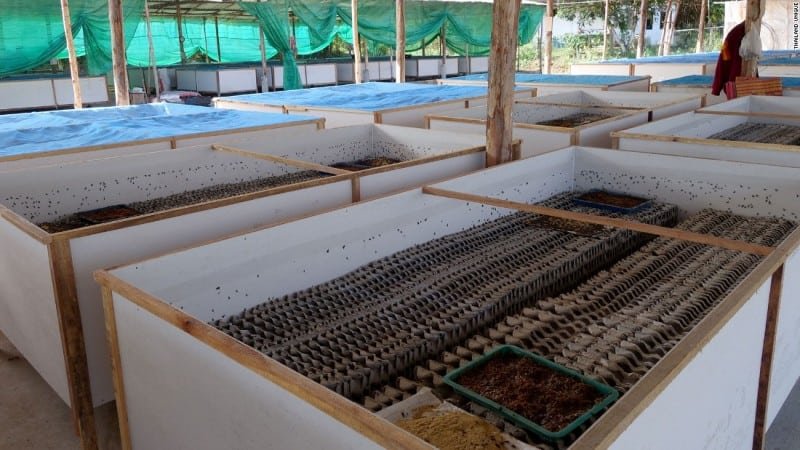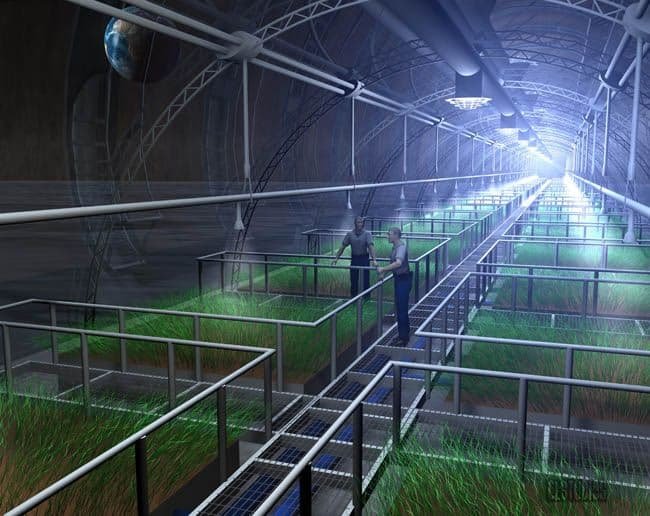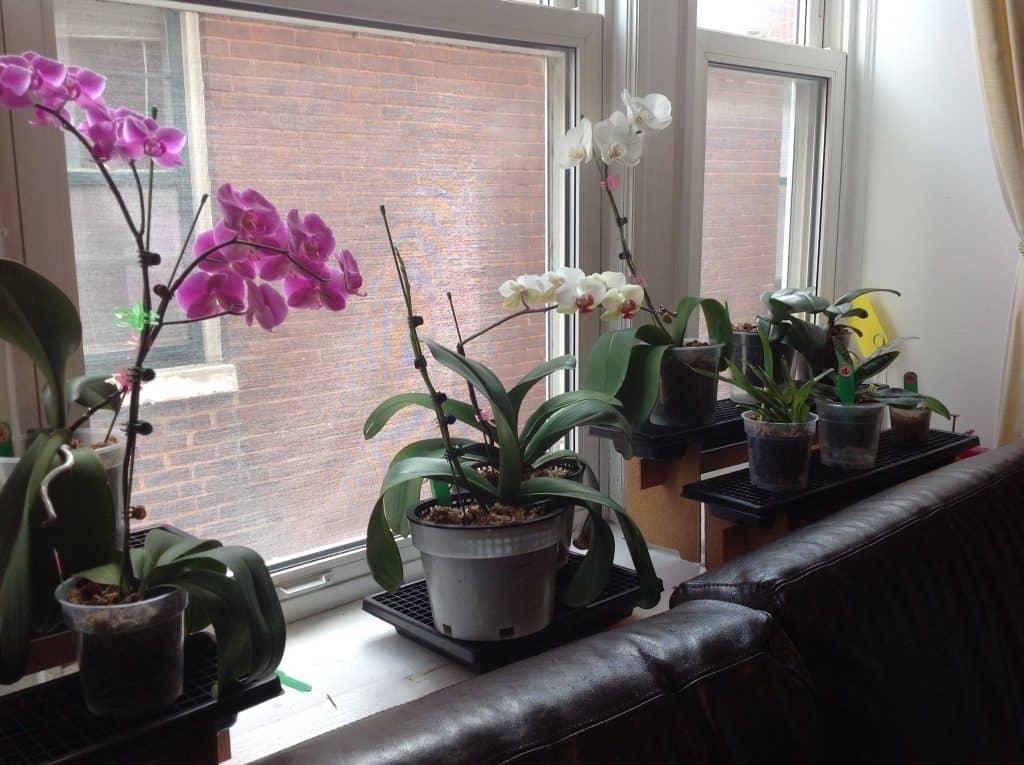How to Start a Cricket Farm? Starting a cricket farm involves setting up a controlled environment with proper temperature, humidity, and ventilation, sourcing healthy breeding stock, providing a nutritious diet, and implementing efficient waste management systems for sustainable production of edible crickets.
Sustainable Protein: Why You Should Consider Starting a Cricket Farm
As the global population continues to grow, so does the demand for protein. However, traditional protein sources such as meat and dairy have a significant impact on the environment. Livestock farming contributes to deforestation, water pollution, and greenhouse gas emissions.
In order to meet the growing demand for protein while minimizing environmental harm, there is a need for sustainable protein sources.
The Benefits of Eating Insects as Protein
One sustainable protein source that has gained attention in recent years is insects. Insects are high in protein, low in fat, and have a low environmental impact compared to traditional protein sources. They require less land, water, and feed to produce, making them a more sustainable option.
- Sustainable protein source: Crickets are incredibly efficient at converting feed, requiring less water, land, and resources than traditional livestock.
- Growing market: Demand for edible insects and cricket-based products for both human and pet consumption is on the rise.
- Additional income stream: Can be a profitable addition to an existing farm or a stand-alone venture.
The Nutritional Value of Crickets
Crickets, in particular, are a nutritious and sustainable source of protein. They are rich in essential amino acids, vitamins (such as B12), and minerals (such as iron and zinc). In fact, crickets contain more protein per gram than beef or chicken. They are also a good source of fiber and have been found to have anti-inflammatory properties.
Why Cricket Farming is a Sustainable Solution
Cricket farming is a sustainable solution for several reasons. Firstly, crickets produce very low greenhouse gas emissions compared to traditional livestock farming. They also require less water and feed to produce the same amount of protein. Additionally, cricket farming can be done vertically or indoors, reducing the need for land and minimizing the impact on natural habitats.
The Environmental Impact of Traditional Protein Sources
Traditional protein sources such as beef and poultry have a significant environmental impact. Deforestation is often necessary to create grazing land for livestock, leading to habitat loss and biodiversity loss.
Livestock farming also contributes to water pollution through the use of fertilizers and pesticides. Furthermore, the production of meat and dairy products is responsible for a large portion of global greenhouse gas emissions.
The Economic Benefits of Cricket Farming
Cricket farming not only has environmental benefits but also economic benefits. It has the potential to create jobs, especially in rural areas where employment opportunities may be limited.
Additionally, cricket farming is a cost-effective production method. Crickets require less feed and space compared to traditional livestock, making it a more efficient and profitable venture.
How to Start Your Own Cricket Farm
Starting your own cricket farm requires some equipment and supplies. You will need containers or cages to house the crickets, as well as a substrate for them to live on.
The crickets will also need a heat source and proper ventilation. It is important to maintain the right temperature and humidity levels for optimal growth. Additionally, you may need to obtain permits or licenses depending on your location.
Setting Up Your Cricket Farm
Location:
- A temperature-controlled space (ideally between 80-90°F) like a garage, basement, or spare room.
- Adequate ventilation to prevent humidity buildup.
- Protection from direct sunlight.
Housing:
- Large plastic storage bins with lids (smooth sides to prevent escapes).
- Drill ventilation holes in the lids and along the top of the bins.
- Egg cartons or cardboard tubes for hiding spaces and increased surface area.
Cricket Supply:
- Purchase starter crickets (Acheta domesticus is a common species) from a reputable supplier.
- Determine how many crickets you’ll need based on your intended scale.
Feed:
- High-quality cricket feed (available commercially) or a mix of grains, fruits, and vegetables.
- Shallow dishes for food and water (add a sponge or pebbles to prevent drowning).
Breeding:
- Provide a shallow container with moist substrate (soil or vermiculite) for egg-laying.
- Remove egg-laying containers regularly and incubate in a separate bin.
Maintenance and Care
- Cleaning: Remove waste and dead crickets regularly to prevent disease.
- Temperature and Humidity: Maintain optimal temperature and moderate humidity (around 50%).
- Feeding and Watering: Provide fresh food and water daily.
- Population Control: Monitor cricket density and adjust bin sizes as needed.
Harvesting
- Cooling Method Place crickets in a refrigerator for a few minutes to slow them down.
- Separate by Size: Use sieves or screens to sort crickets based on size.
Selling Your Crickets
- Pet Stores: Establish relationships with local pet stores for reptile and fish feed.
- Bait Shops: Connect with anglers who value live bait.
- Online Marketplaces: Sell directly to consumers interested in edible insects.
- Food Producers: Partner with companies producing cricket-based foods.
Important Considerations
- Regulations: Check with your local authorities about any permits or regulations for raising and selling insects.
- Scaling Up: Plan for expansion if you intend to grow your farm.
- Biosecurity: Implement measures to prevent pests and disease outbreaks.
The Demand for Insect Protein
There is a growing interest in sustainable protein sources, including insect protein. As people become more aware of the environmental impact of traditional protein sources, they are seeking out alternatives that are more sustainable. This increased demand for insect protein presents an opportunity for market growth and expansion.
Overcoming the Stigma of Eating Insects
One challenge in promoting insect protein is the cultural stigma associated with eating insects in many Western countries. In many cultures around the world, insects are a common and accepted food source. However, in Western societies, there is often a perception that insects are dirty or unappetizing. Education and awareness campaigns can help overcome this stigma by highlighting the nutritional benefits and sustainability of insect protein.
Innovative Ways to Incorporate Cricket Protein into Your Diet
There are many ways to incorporate cricket protein into your diet. Cricket flour can be used as a substitute for regular flour in baking recipes, adding a boost of protein and nutrients. Cricket protein powder can be added to smoothies or used as a supplement. There are also a variety of cricket protein products available on the market, such as protein bars and snacks.
Embracing Sustainable Protein for a Healthier Planet
In conclusion, the need for sustainable protein sources is becoming increasingly important as the global population grows. Insects, such as crickets, offer a sustainable and nutritious alternative to traditional protein sources.
Cricket farming has numerous environmental and economic benefits, and there is a growing demand for insect protein. By embracing sustainable protein choices, individuals can contribute to a healthier planet and help ensure a sustainable future for generations to come.
Originally posted 2024-03-01 15:15:36.






